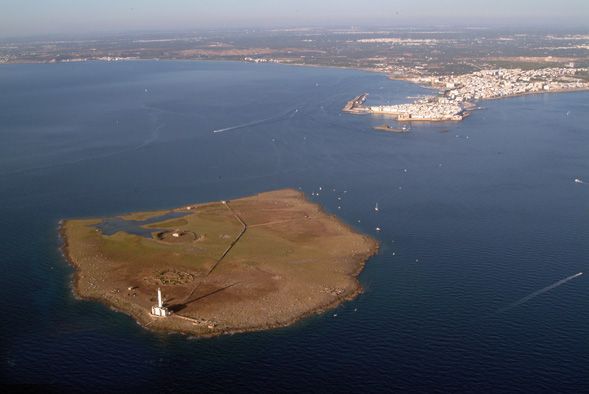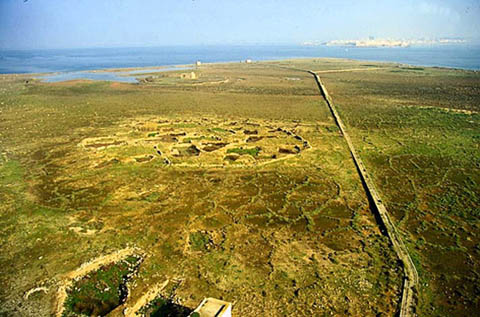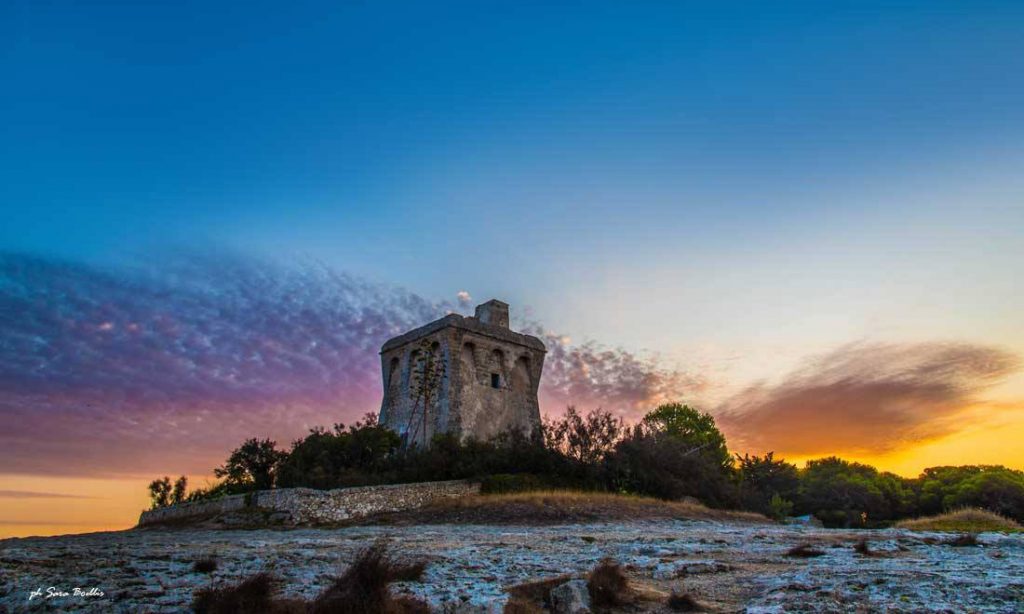

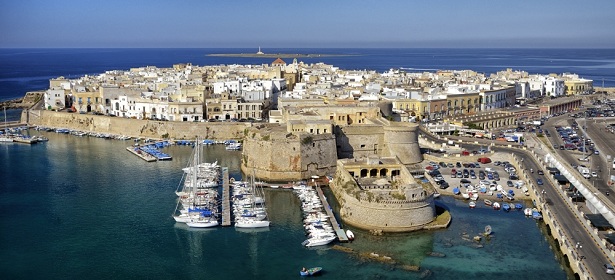


Gallipoli, in Puglia, for its inexhaustible charm, is also known as the "Pearl of the Ionian". The meaning of the name of Gallipoli is ‘beautiful city’, lying as if it were a mirage on the Ionian sea. Along the narrow streets of the village, the wind emanates the scent of spirituality.
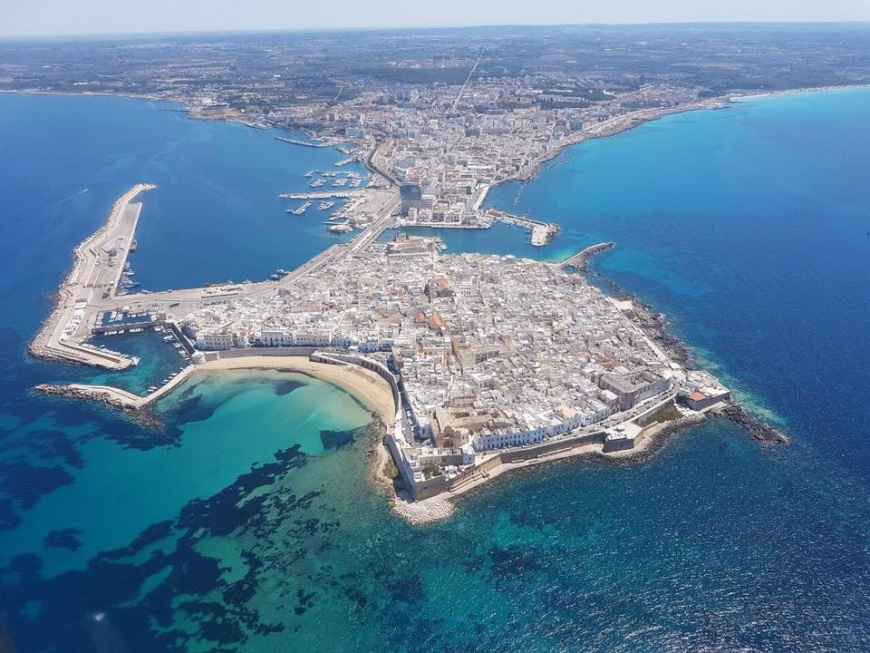 The ancient village, perched on an island of limestone origin, is connected to the mainland and the new city by a twentieth-century arched bridge, recently flanked by another bridge towards the harbor. The walls, the ramparts and the towers, which once protected the city from invaders, today shelter it from storm surges giving it a charm of other times. Near the historic center with its cobbled streets from which often a slice of the sea flickers, it is worth taking a look at the fish market, located in the original moat of the imposing castle, to contend with the Gallipoli inhabitants the catch of the day.
The ancient village, perched on an island of limestone origin, is connected to the mainland and the new city by a twentieth-century arched bridge, recently flanked by another bridge towards the harbor. The walls, the ramparts and the towers, which once protected the city from invaders, today shelter it from storm surges giving it a charm of other times. Near the historic center with its cobbled streets from which often a slice of the sea flickers, it is worth taking a look at the fish market, located in the original moat of the imposing castle, to contend with the Gallipoli inhabitants the catch of the day.
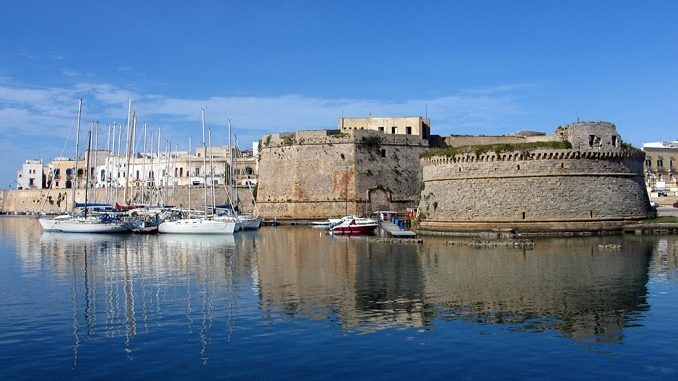 The Gallipoli Castle rises in the historical center of the city, near the bridge that connects the old Gallipoli, enclosed on a small island, to the new one. Dating back to the 13th century, it was built during the Angevin rule and subsequently subjected to modifications and renovations until the 17th century. A defense structure over the centuries, it currently has a square base with four towers arranged at the corners. A fifth tower is still visible, added during the sixteenth century, and called Rivellino. The latter is a circular tower, lower and wider than the others, and in an advanced position with respect to the walls to carry out the function of vanguard in defense. Access to the Rivellino is allowed through a wooden drawbridge still present today.
The Gallipoli Castle rises in the historical center of the city, near the bridge that connects the old Gallipoli, enclosed on a small island, to the new one. Dating back to the 13th century, it was built during the Angevin rule and subsequently subjected to modifications and renovations until the 17th century. A defense structure over the centuries, it currently has a square base with four towers arranged at the corners. A fifth tower is still visible, added during the sixteenth century, and called Rivellino. The latter is a circular tower, lower and wider than the others, and in an advanced position with respect to the walls to carry out the function of vanguard in defense. Access to the Rivellino is allowed through a wooden drawbridge still present today.
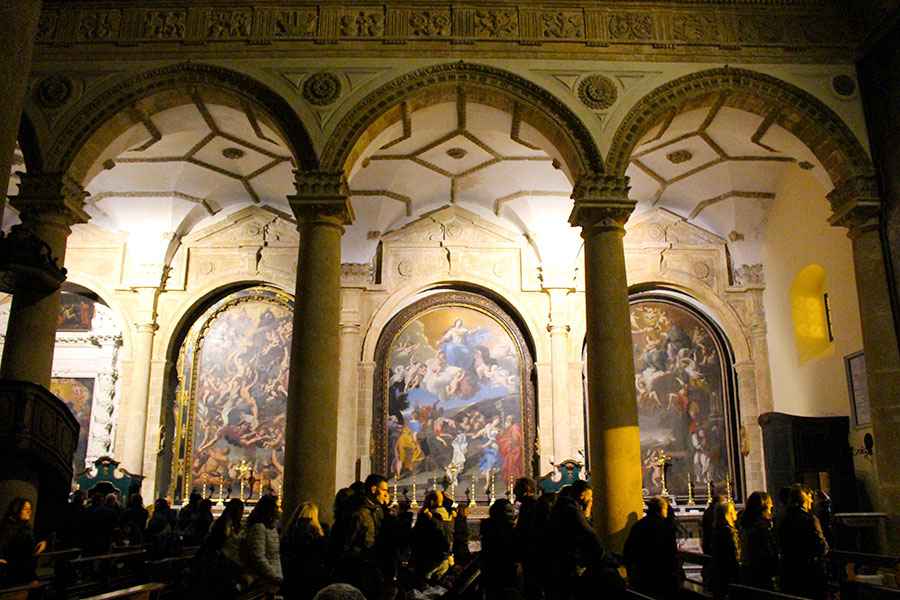 The Cathedral dedicated to Saint Agatha is one of the most important churches for the community of Gallipoli. It was built at the beginning 1629 at the same place where for centuries there had been a medieval church destroyed a few years earlier. Inside there are the relics of some saints, including those of San Fausto.
The Cathedral dedicated to Saint Agatha is one of the most important churches for the community of Gallipoli. It was built at the beginning 1629 at the same place where for centuries there had been a medieval church destroyed a few years earlier. Inside there are the relics of some saints, including those of San Fausto.
In the new city is the Greek Fountain, a monument actually of Renaissance origin, with a Baroque pediment, while behind it, between the rocking of the trawlers over the sea, overlook the Sanctuary of Santa Maria del Canneto and the Chapel of Santa Cristina, patron of the city, saint worshipped by local sailors.
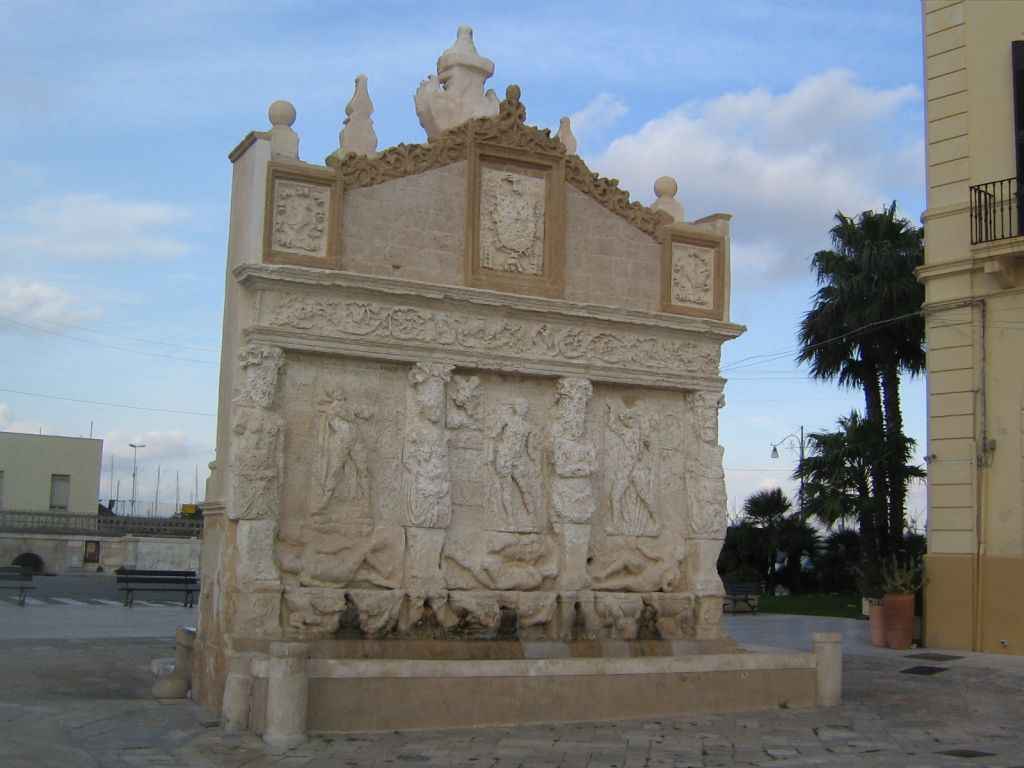
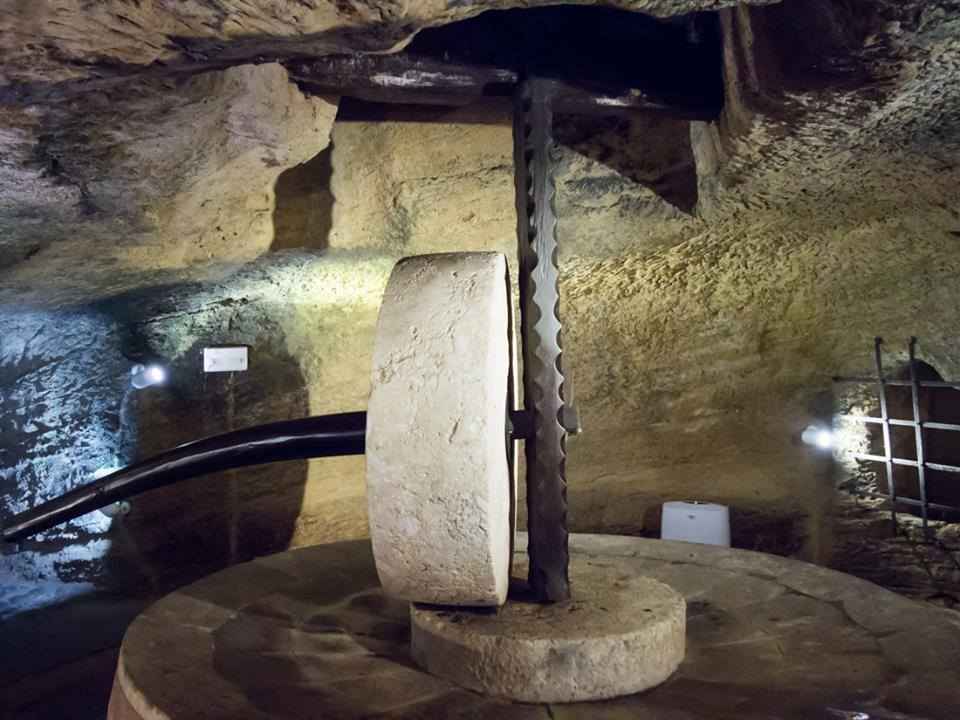
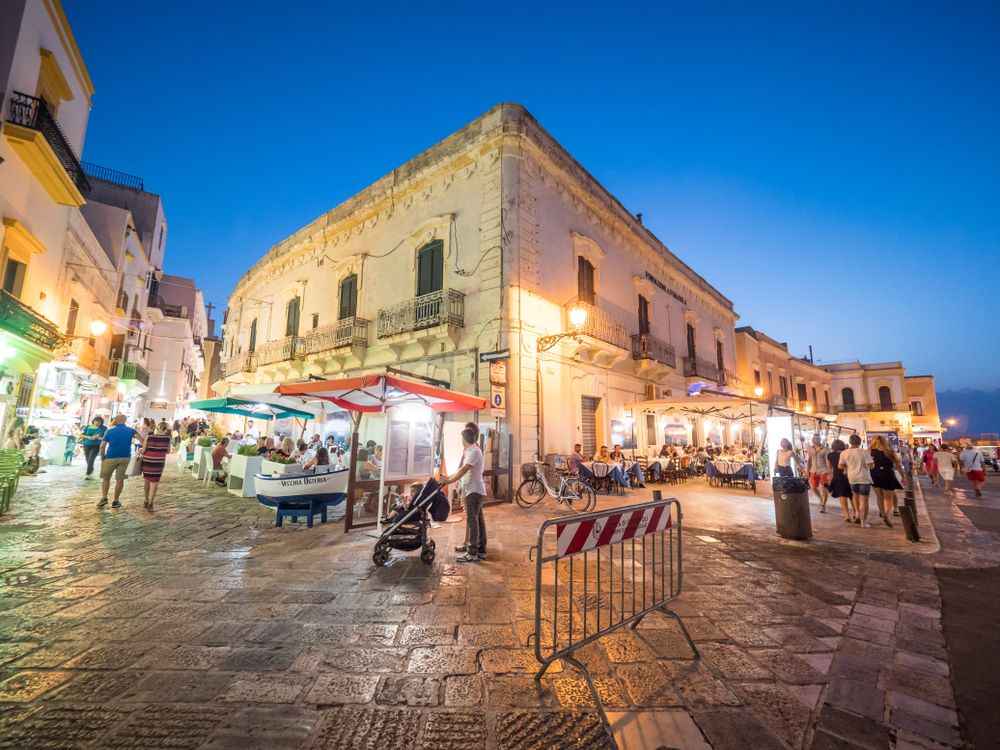
The Island of Sant’Andrea is of notable historical-naturalistic importance. Located about a mile off the historic center, it is characterized by the presence of wild animals, such as the Corsican seagull.
Among the oldest traces of the first inhabitants of Gallipoli area, in Torre Sabea, an ancient and important village dating back to the Neolithic was found.
